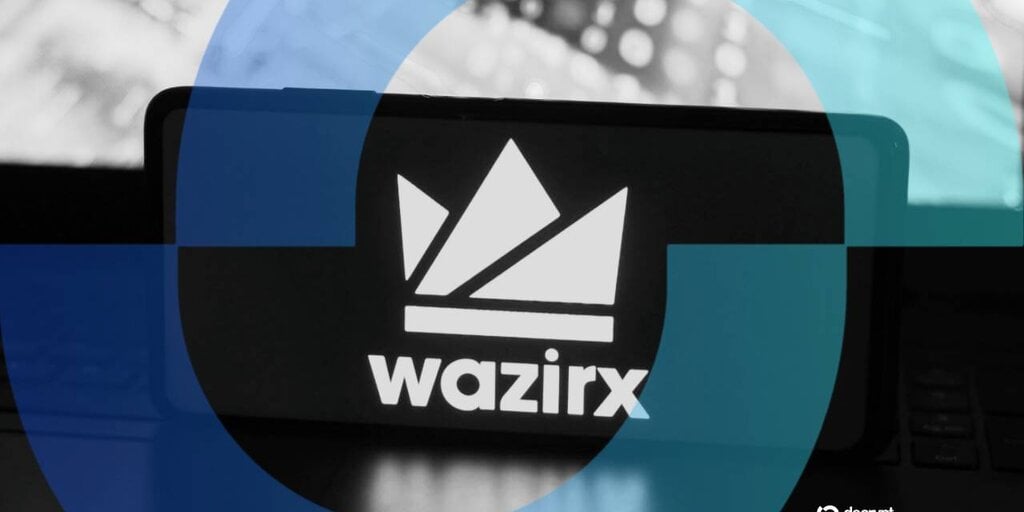Jump Acquires Mobile Assistant in AI Notetaker Shift
The acquisition of the advisor transcription service Mobile Assistant by Jump this week is a glimpse of what is to come for many of the AI notetakers currently on the market.
Launched in 2009, MA became known to thousands of advisors for its accurate advisory transcription support services, which continue to be heavily reliant on human transcriptionists even today. Jump announced it acquired Mobile Assistant this week without sharing financial details of the transaction.
While the lack of those details is nothing surprising (both companies are private, after all), it did remind me of my time working with Andy Rachleff, the co-founder of Wealthfront, during my two years as editor of the blog there.
As Rachleff pointed out in an April 2014 post entitled “The Wildly Different Financial Outcomes for Employees in Acquisitions,” he said, “The first and most dreaded type is the fire sale.”
He went on to explain that this typically takes the form of an asset sale, meaning the acquirer buys the company for its assets, which include its intellectual property, distribution relationships and customer base.
In this case, I suspect Jump was after the latter two components of MA. (I included this suggestion with some follow-up questions, but received no confirmation.)
Jump has little need of MA’s intellectual property, which still heavily relies on human transcription, whereas Jump has built a business on AI-driven transcription and most recently raised $20 million in capital in February (and $4.6 million seven months prior).
It should also be noted that Jump got out ahead of some of its competitors a year ago by winning Best in Show out of 11 competing firms and applications during our WealthStack technology demos competition, part of the Wealth Management EDGE conference, and later in 2024 took home three WealthManagement.com Industry Awards in the categories of Technology Disruptor, Innovative New Applications and Advisor Choice Technologies. It also won Wealthtech Startup of the Year from the research and consultancy firm Datos Insights (formerly the Aite-Novarica Group).
In my follow-up email regarding Jump’s MA acquisition, I inquired about the number of the latter’s employees who would be joining Jump.
“Several members of Mobile Assistant’s team are exploring opportunities with the Jump team, though nothing has been finalized at this time,” was the response I received from MA founder and CEO Corey Westphal.
What Rachleff wrote more than a decade ago continues to be the case, namely that the only employees who receive anything in a fire sale are a few senior members of management who typically receive a small share (less than 10%) of the proceeds from the investors as an incentive to stick around and get the company sold.
“Seldom do rank and file employees ever see any money in this scenario,” Rachleff wrote, adding that to make matters worse, few of the employees are retained in this kind of acquisition because the acquirer doesn’t intend to maintain or grow the acquired business.
The State of the Notetaker Market
Awareness of AI notetaker platform proliferation is not new.
It memorably came up in a December Q&A with ARQA co-founder Haik Sahakyan. (ARQA describes itself as an AI-native wealth management platform and won a WealthManagement.com Industry Award in the Disruptors category for its innovative use of AI.)
“I would be in an exhibit hall next to a bunch of them, and an advisor would get to me, assuming that is what we do,” he said, referring to how his technology would be mistaken for that of the notetakers simply based on proximity.
Additional competitive pressure is also coming from outside the advisortech ecosystem. For example, in May, Fireflies.ai, an AI-driven notetaker serving businesses and already supporting hundreds of thousands of companies of all sizes, with millions of individual users, launched Fireflies for Finance. With the launch, it rolled out finance-specific post-meeting summary templates and integrations with two popular advisor CRM systems, Wealthbox and Redtail.
Fireflies.ai undercuts the leading advisor-specific providers on price as well ($120 per year minimum for a single user). While more than one advisor has told me it is not as good overall as several dedicated providers (especially in terms of understanding the advisor lexicon) or lacks integration with their tech stacks, it is good enough for others.
A handful of the more than a dozen advisor-specific AI notetakers on the market have expanded their offerings beyond notetaking, meeting preparation, meeting follow-up and client communications generation or were architected from the start to be more of an AI chassis that could be expanded or more deeply integrated into the tech stack of advisory firms or other third-party technology providers.
Five such platforms, Focal, GReminders, Jump, Zeplyn and Zocks, for example, have each landed significant partnerships and integrations or have raised enough capital to provide at least a year or three worth of runway to continue developing their technology suites.
Jump has partnerships or official vendor status with Cetera, Integrated Partners, Mission Wealth, Osaic and Sanctuary Wealth, among others.
And just this week GReminders announced a new integration with Osaic Institutions, the bank and credit union-focused channel within Osaic. With this integration, GReminders will work with Osaic Institution’s proprietary CRM, providing more than 250 financial institutions and over 750 financial professionals nationwide with access to AI technology.
This latest partnership on Osaic’s institutional side builds on a previously announced Osaic integration, in which GReminders became an official vendor in addition to Jump on the advisor side.
There has already been one example of an AI notetaker acquisition. In January Boston-based Parrot AI was acquired by enterprise wealth management platform provider Advisor360°, which has continued to develop features and roll them out to platform users.
More are sure to follow, so as advisors continue to evaluate the technology, it is probably a good idea, prior to paying for it, to first ask the provider about how many advisors or firms are using them, how much runway and funding or revenue and how things would change if they accepted an acquisition offer.




Post Comment